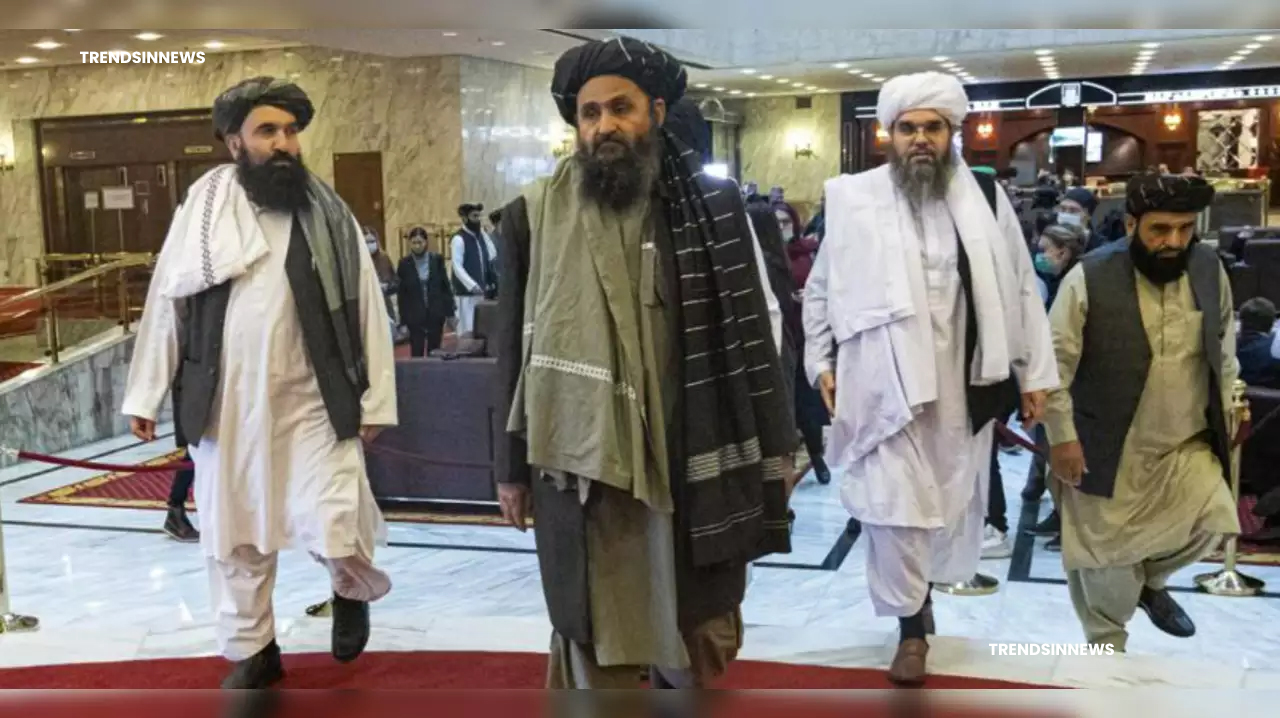In the internet era, learning is not limited to offline. One can learn a lot from the online courses. There are many websites that provide online free as well as paid courses by experienced instructors and teachers. You can now learn a lot from the valuable videos by just sitting at home. They also provide lifetime access and certification on completion.
Let’s look at the list of best websites.
Udemy

Udemy is a popular online platform that provides courses in various categories such as business, marketing, design, development, IT and software, photography, personal development, music, health fitness, and many more.
It offers more than 2 lakh online courses, both free and paid. The paid courses are budget friendly and come with a 30 days money-back guarantee. If you do not want to pay, you can still get many free courses by typing “free courses” in the search bar. All the courses available on the udemy are instructed by experts.
Link: https://www.udemy.com/
Coursera

Coursera is an online learning platform that started in 2012. It provides courses from world-class universities and reputed companies. In their offer catalog, you can find free courses, paid courses, degree programmes, specialisations, professional certificates, etc. Without any hassle, you can easily find various courses that it provides in collaboration with leading universities and companies.
Some of their most popular courses are business, IT, personal development, computer science, data science, social science, health, and many more. All the courses on this platform are prerecorded video lectures.
Link: https://www.coursera.org/
Skillshare

Founded in 2010, Skillshare is an online learning community where creative minds get inspired and learn new skills to make discoveries. It offers courses on photography, graphics design, video, creative writing, animation, illustration, music, freelancing, and many more. The instructors are experts and real creators. Whether you are a beginner or experienced, you can explore various topics to take your skills to the next level.
You can join courses for free and learn from any device. It also provides paid courses. You can take the benefit of a 1-month free trial to explore the courses.
Link: https://www.skillshare.com/en/
LinkedIn Learning

LinkedIn is a leading professional network that helps to connect with professionals and find jobs. This LinkedIn learning platform acts as a development tool to enhance skills. You can do various paid or free courses from LinkedIn Learning. It provides video courses taught by expert instructors on the categories like business, entrepreneurship, personal development, design, technology, data analysis, and many others.
One plus point of this platform is it gives you recommendations based on your skills. You can download exercise files to practice while you learn. After completion of a course you can, you can earn a certificate which you can use to showcase in your profile or mention in your resume.
Link: https://www.linkedin.com/
Google skill shop

In the era of the internet, there is perhaps anyone who does not know or listen to the word “Google.” Every day millions of users use google to search various topics, including jobs and career courses. Many businesses are using Google to run advertisements and scale their businesses. Google has organized the world’s information and made it in the form of various useful courses.
Google Skillshop is a free learning platform that provides in-depth video lessons on numerous categories, such as Google Ads, Analytics Academy, Google My Business, and many others. You can also achieve free Google certification on completion of the course.
Link: https://skillshop.withgoogle.com/
Future Learn

Future Learn provides online courses on vast categories in partnership with leading universities and organisations. You can get most of the courses freely. Some of the subjects include business and management, science, engineering and math, healthcare and medicine, nature and environment, psychology and mental health, polity and society, language, and many more. It helps to enhance your course with specialist courses.
Link: https://www.futurelearn.com/
Alison

Alison is an online learning site that provides 4000 free online courses in various categories. It gives two broad courses i.e., certificate courses and diploma courses. Its free online course categories are IT, health, business, management, language, personal development, sales and marketing, engineering, teaching, and many more.
Link: https://alison.com/
Edx

Edx is a free online course site that offers university-level courses in various disciplines. It contains videos on various subjects like data science, computer science, engineering, language, business management, digital marketing, and many others.
It also facilitates an online discussion forum where students can ask their questions by posting them to the teaching assistants. It also provides a certificate of completion.
Link: https://www.edx.org/
Udacity

Udacity is an online teaching platform with vast categories such as business, design, development, marketing, etc. All the courses on this platform are taught by expert instructors. Learners can develop their new skills, prepare for the interview, and more with good quality courses.
Link: https://www.udacity.com/
Swayam

Swayam is an online learning platform which is an initiative by the Indian government. It provides free courses and education, but you may have to pay a very small amount for examinations and getting certificates. It coordinates with national instructors such as NCERT, IGNOU, NPTEL, AICTE, UGC, and many others to provide you with the best courses from experienced instructors. It also provides courses on regional languages.
Link: https://swayam.gov.in/
























